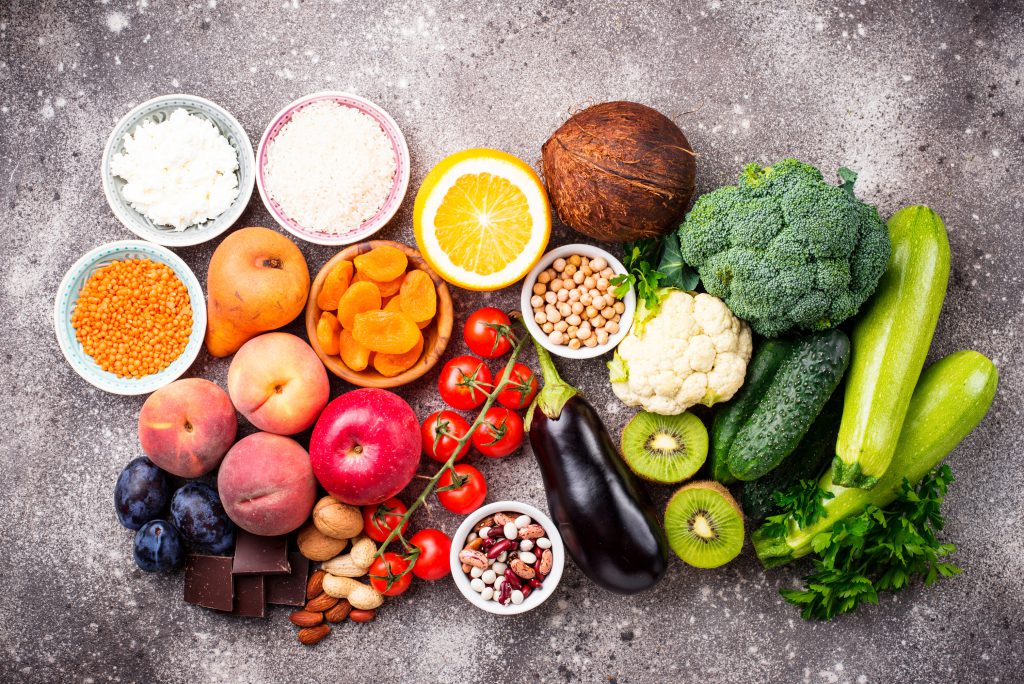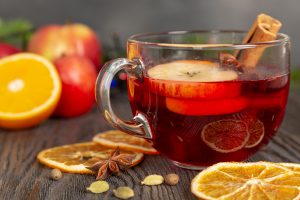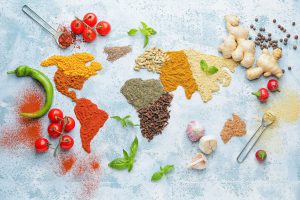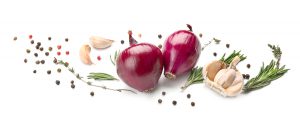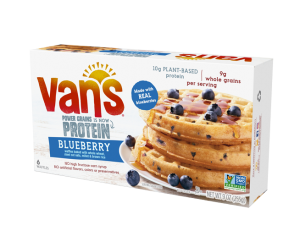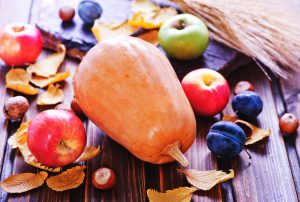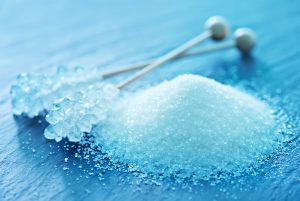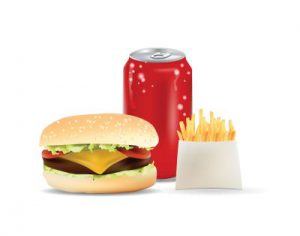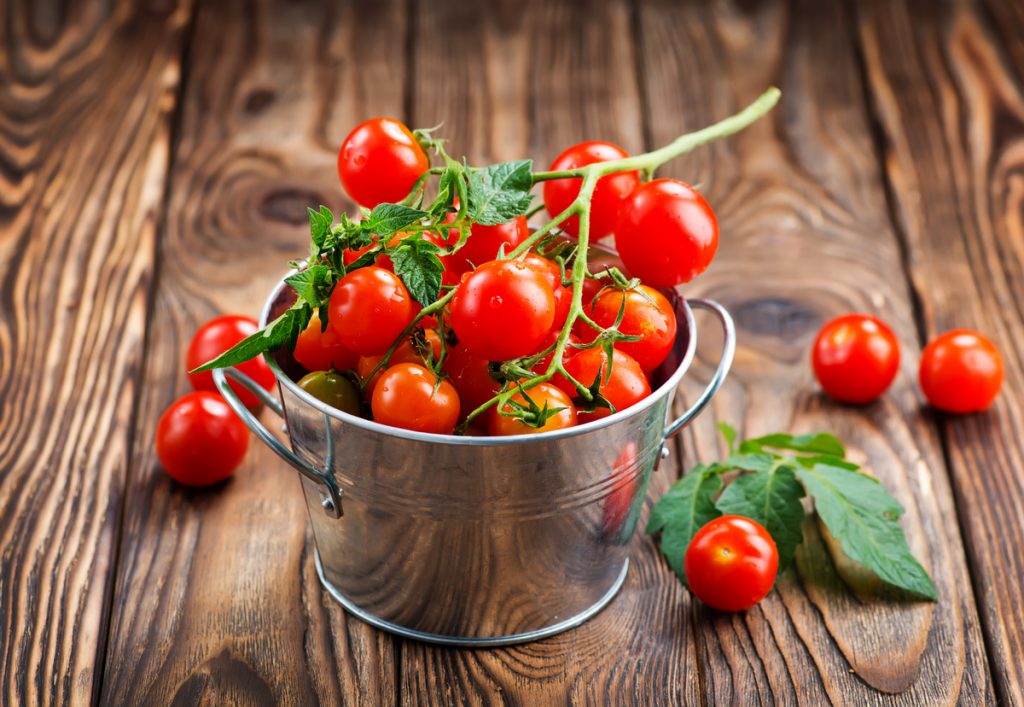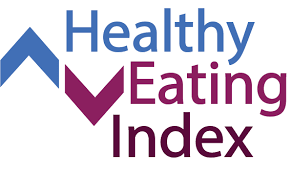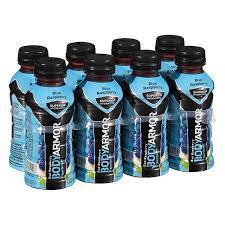
This edition contains the following articles:
- Introducing the Nutrition Coordinating Center Forum
- Fish Tacos, Jimmy John’s and more coming in NDSR 2024
- NCC at the National Nutrient Databank Conference
- In Memory of Mary Stevens
- Price Increases Coming July 2024
Introducing the Nutrition Coordinating Center Forum
We know the users of NDSR and the NCC Database have knowledge and valuable experience to share. That’s why we’re taking our community-building to a new level with the introduction of the Nutrition Coordinating Center Forum, a LinkedIn group where users can virtually meet and learn from one another’s experiences with the NDSR software and NCC Database files. The NCC Forum is an additional channel we are hosting to help foster connection within our community. It is NOT replacing the NCC website, ndsrhelp@umn.edu, or NCC News Bites.
The NCC forum is powered by you, our community. Please help make it a valuable place to share knowledge, skills, experience, and tips with one another through ongoing discussion.
For example, the NCC forum is a great place to:
- Engage in real-time chat with the community, share how you’re using NDSR and/or NCC Database files and what you learned along the way, and get ideas from colleagues.
- Search the archives to see how others are using NDSR and the Database.
- Engage in discussions about use of certain features, data collection protocols, and analysis plans.
You will need to create a LinkedIn account, if you do not already have one, to view or add posts and replies to the NCC Forum.
Then go to the Nutrition Coordinating Center Forum and click on the JOIN button.
All requests to join and all new posts require NCC approval, which may take up to 1 business day.
Your participation counts – join today to connect, share, and learn.

Fish Tacos, Jimmy John’s and more coming in NDSR 2024
Our database team has been working hard, as they do every year, to update the NCC Food and Nutrient Database that will be a part of NDSR 2024. To highlight some of the many changes:
- Fish tacos with cabbage have been added, and taco options restructured
- Jimmy John’s has been added to our Fast Food restaurants
- More foods unique to Hawaiian eating traditions have been added
- Artificial sweeteners and sugar substitutes have been updated
- Crackers have been updated
- Aguas frescas flavors have been expanded based on specific requests submitted through our client survey
- Arugula has been added as a variable ingredient option in salads
- Thousands of small yet important changes to nutrient values for foods have been made based on recent data from the USDA Foundation Foods Database and the Food and Nutrient Database for Dietary Studies (FNDDS) 2019-2020
We are excited to release the new database with NDSR 2024 this summer.
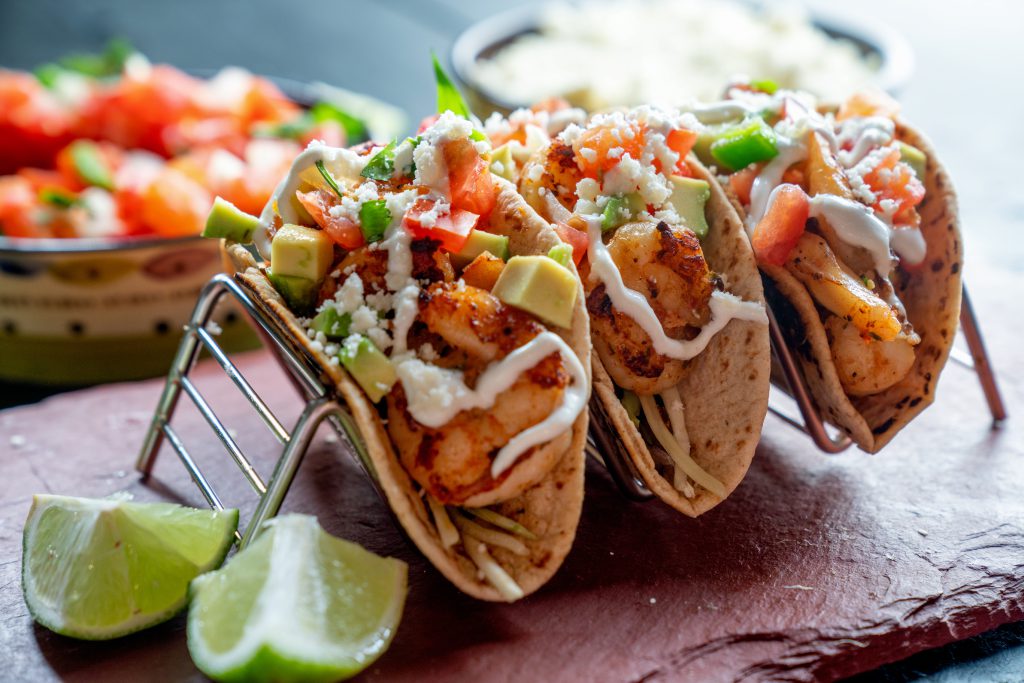
NCC at the National Nutrient Databank Conference
NCC Director Dr. Lisa Harnack, and Database Scientist Jenny Stevenson will be representing NCC at the National Nutrient Databank Conference from May 21-23, 2024 in Ottawa, Canada and would welcome the opportunity to talk with you while you are there. Dr. Harnack will also be giving two oral presentations—”Plant-based milk alternative products are highly heterogeneous in nutrient composition” and “Snack and Meal Replacement Bars Available in the U.S. Marketplace are Heterogeneous in Macronutrient Content”.

In Memory of Mary Stevens
Those of you who have been in touch with NCC for a while may remember Mary Stevens who was the NCC Service Center Manager until she retired in 2011. We are sad to share that she passed away on February 11th and a funeral was held in March. Her obituary is available at this link. As Service Center Manager Mary facilitated dietary data collection and quality assurance work for countless studies, including complex important studies such as the Hispanic Community Health Study/Study of Latinos, INTERMAP, and the Primary Prevention of Obesity in North American Indians Study (Pathways). Mary put her all into supporting high quality dietary intake assessment for every project. She had the unique ability to work collaboratively to figure out solutions to practically any dietary assessment need or problem that arose. Also, she was a delightful person to work with. We remember Mary and honor all of her contributions to supporting nutrition research.

Price Increases Coming July 2024
Effective July 1, 2024, licensing and annual support fees will increase by 2% in order to keep pace, in part, with current inflationary increases in expenses. The new pricing for NDSR licensing is as follows:
NDSR License – Initial Copy: $6,600 (increase of $120)
NDSR License – Additional Copy: $4,285 (increase of $85)
Annual Support – Initial Copy: $4,400 (increase of $85)
Annual Support – Additional Copy: $700 (increase of $15)
Note that a reinstatement fee applies for returning clients who have not maintained annual support.
Contact the NCC User Support team for any additional questions.

Email subject line:
News Bite: Announcing the NEW NCC Forum, plus Fish Tacos


